Here is a collection of drawings created by Pushkin.
He had the habit of drawing in the margins of his manuscripts.
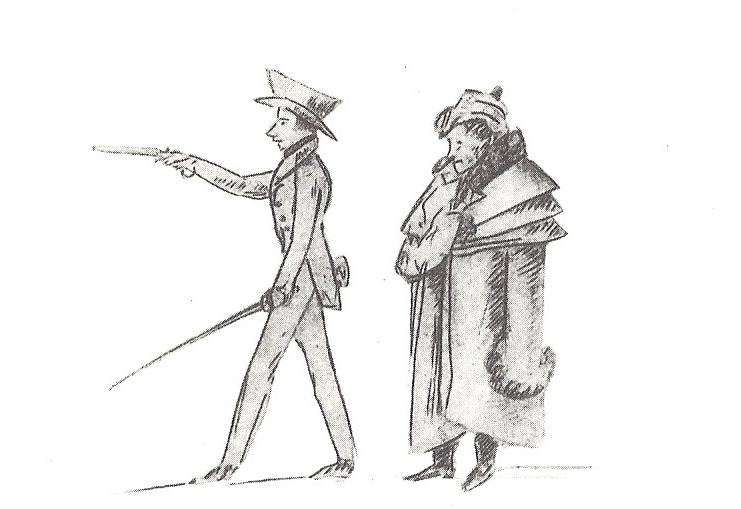 | Pushkin lived to the age of thirty-seven. He was shot in a duel defending his wife’s honor. The anonymous letter caused Pushkin much distress and was the reason for the duel. |
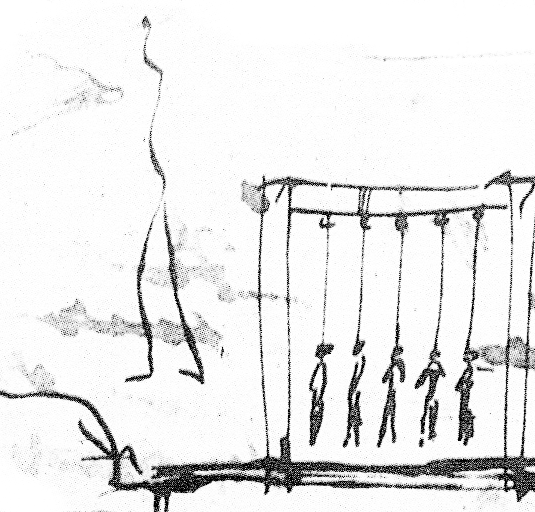 | Pushkin struggled with the autocracy. His poem “Ode to Liberty” was among the belongings of many of the rebels that were part of the Decembrist Uprising. The rebels were hoping to establish a new constitution to create a system with justice for all – as there is no freedom or liberty without justice. |
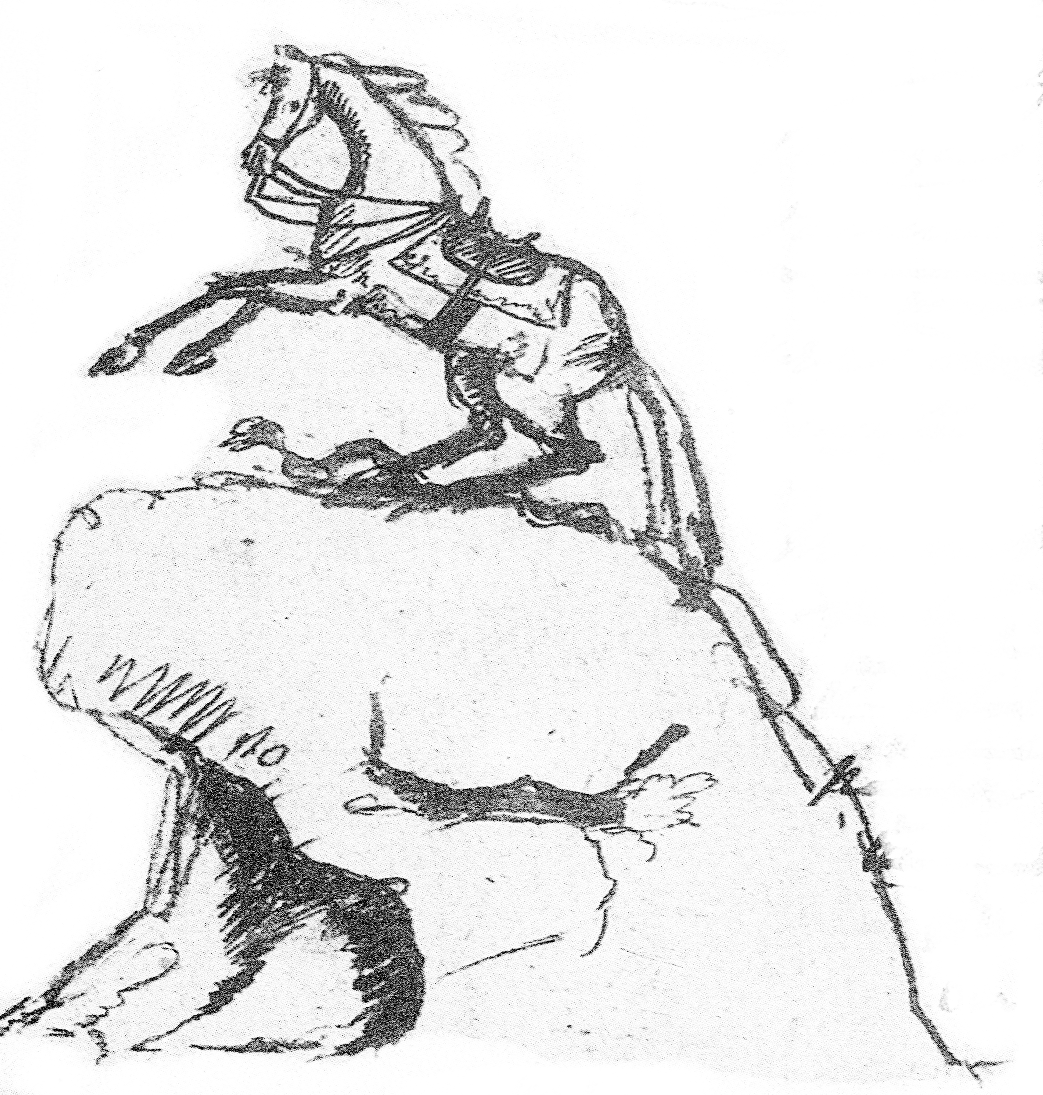 | Where Romanticism was in vogue, Pushkin developed his own voice known as Realism. While those in power felt he should write like Lord Byron or Sir Walter Scott, he created his own genre and found his own voice. |
 | Pushkin found inspiration in many things he read and in his own life experiences. He had a habit of only writing when he was inspired and because much of his poetry was considered controversial, he often burned much of what he wrote when any spies came snooping. |
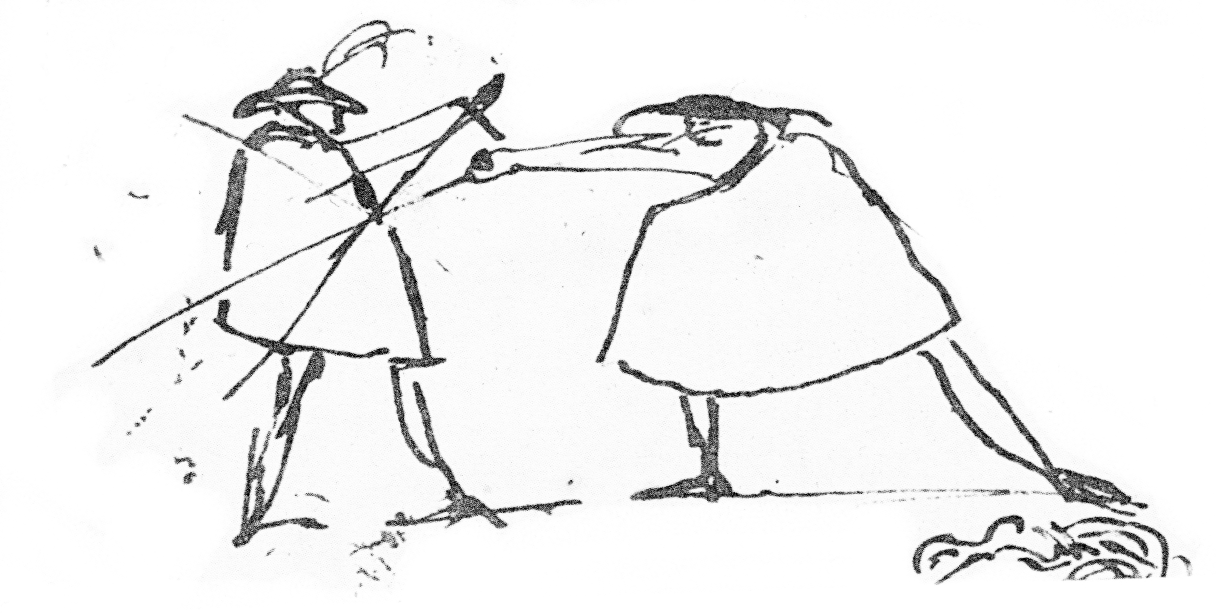 | Pushkin struggled with censorship for his entire life. Many of the things he wrote would be sent to the censor as “anonymous” for he knew these would not be as scrutinized as if the poems were from “Pushkin.“ |
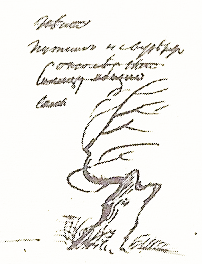 | Pushkin was always in search of his happiness. The first time he witnessed a happy family was when he visited the family estate of General Raevsky on the southern shores at Gurzuf with his friend Nicholas Raevsky. |
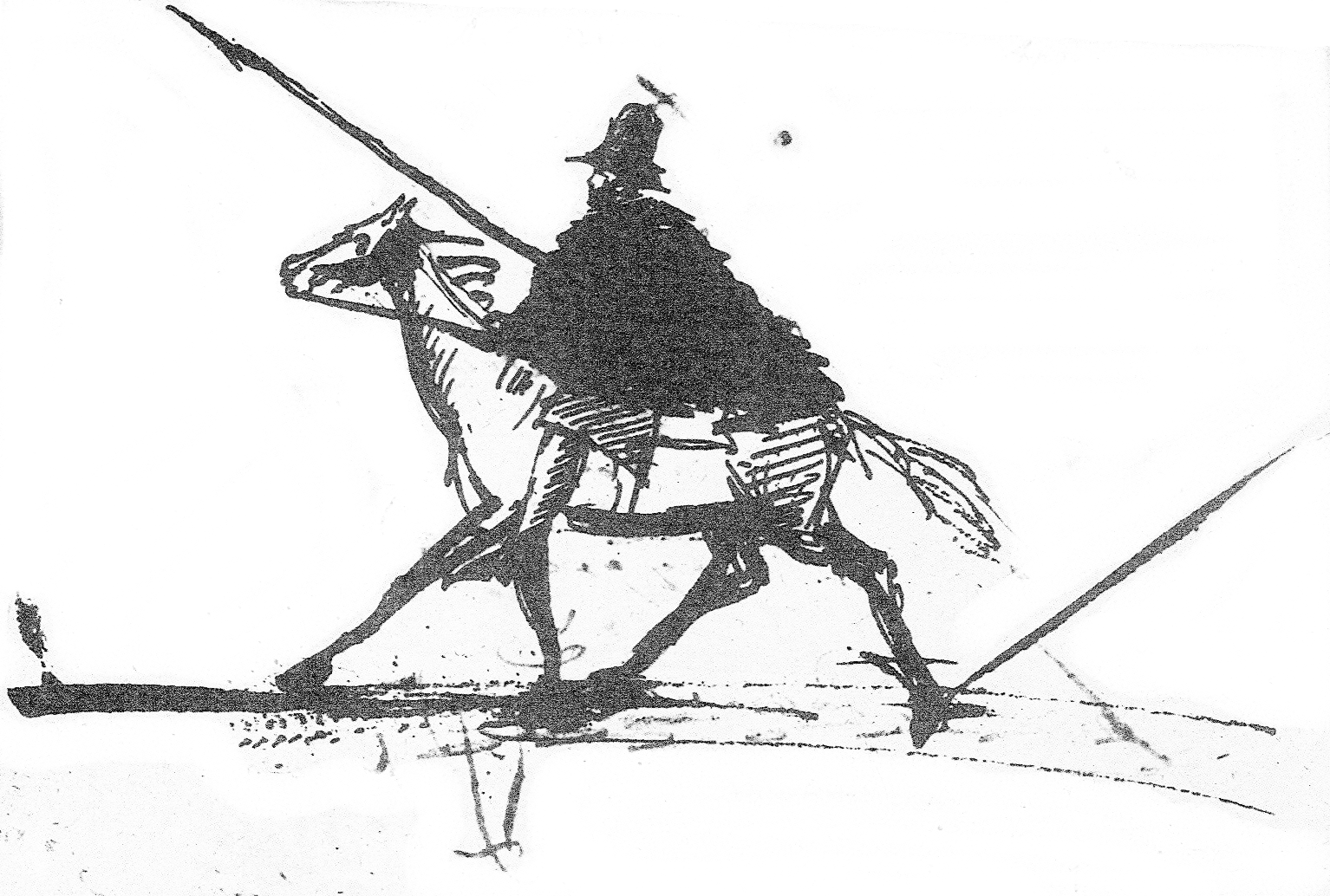 | Pushkin’s fascination with his maternal great- grandfather – who was brought to Russia as a young Ethiopian prince to be in the employ of Peter of Great – led to his writing “The Captain’s Daughter”. Peter the Great treated the prince as if he were his own son, provided him with a royal education and more. The greatest gift was when Peter the Great gave the prince his freedom and a position as General in the Russian Navy. |
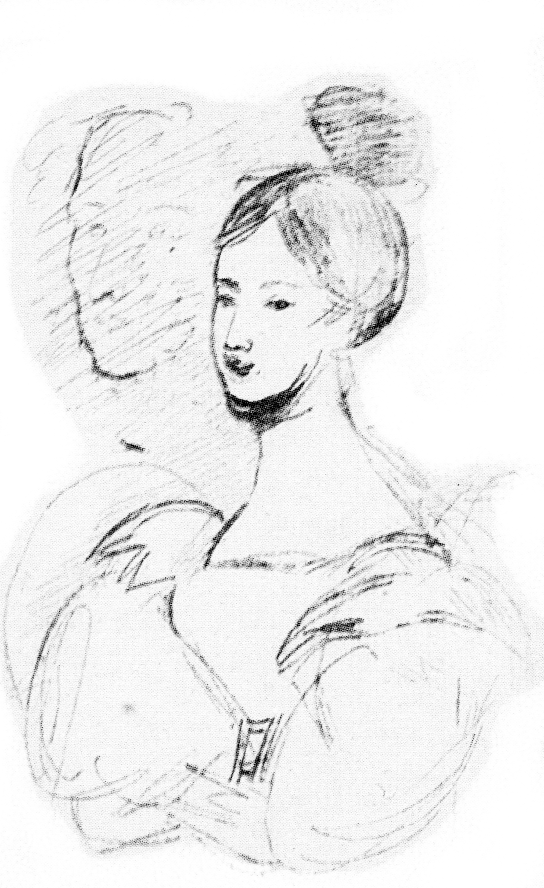 | Pushkin’s masterpiece “Eugene Onegin” gave rise to the woman’s voice in matters of love. He wrote this novel when he was in exile, and it was printed in serialized chapters in the city journals over several years. He took many of his great characters from real life, changing their names to protect them. He also used a technique called “direct address” to do a recap to enhance the readers enjoyment, a technique also used by Shakespeare. |
 | Pushkin’s ideas about critical thinking and the use of criticism to further the importance of literature was new in the 19th century and his insights into the craft of constructive criticism and various ideas on structure and story-telling techniques is evidence of having inspired future authors. He was a big enthusiast of promoting social discourse – to talk intelligently about art – during a time of heavy censorship practices. |
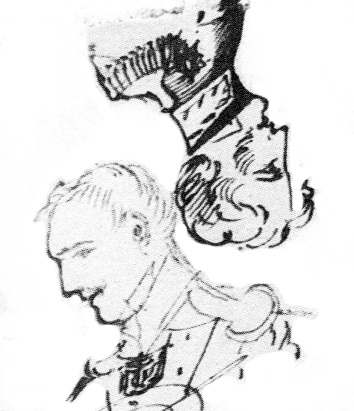 | While Tsar Alexander the first had fought against Napoleon he was counseled by his advisors to send Pushkin into exile for several of his “subversive” poems. It was only after the Decembrist Uprising that Tsar Nicholas the first gave Pushkin his freedom and an opportunity to work for him organizing the national archives. |
 | While Pushkin composed a list of one hundred and thirteen lady loves, Anna Kern was one who became his inspiration to write Eugene Onegin. Read more about it in my book “Pushkin’s Ode to Liberty“. |